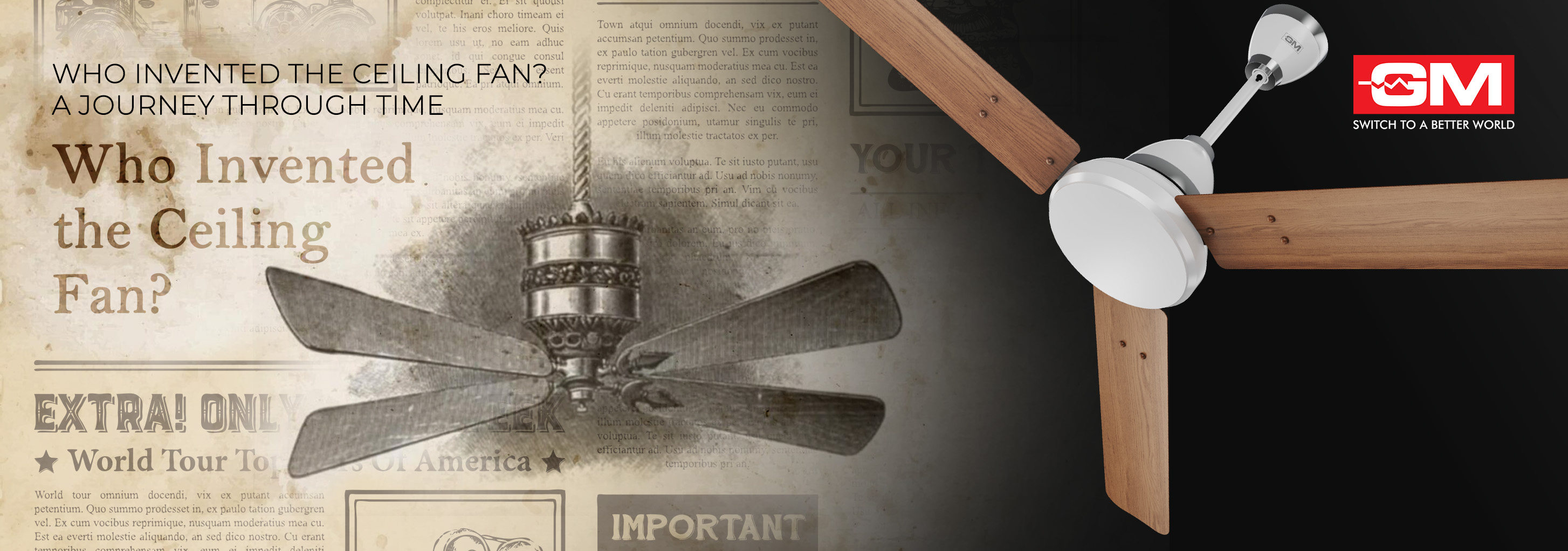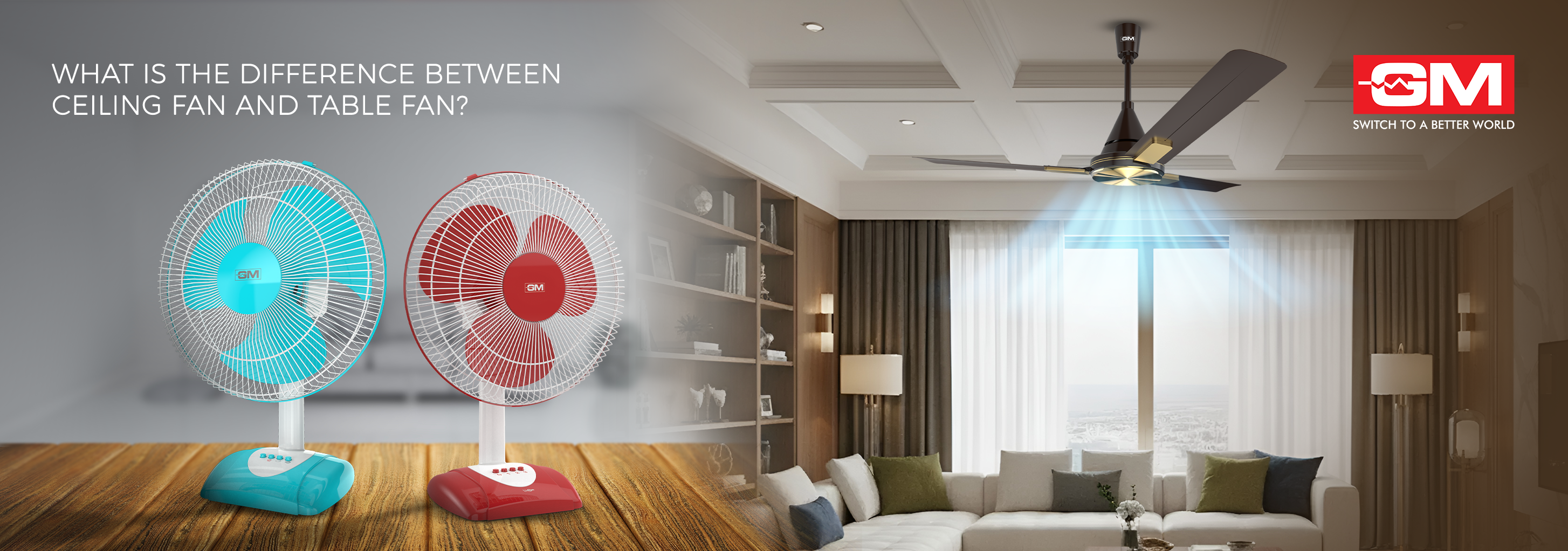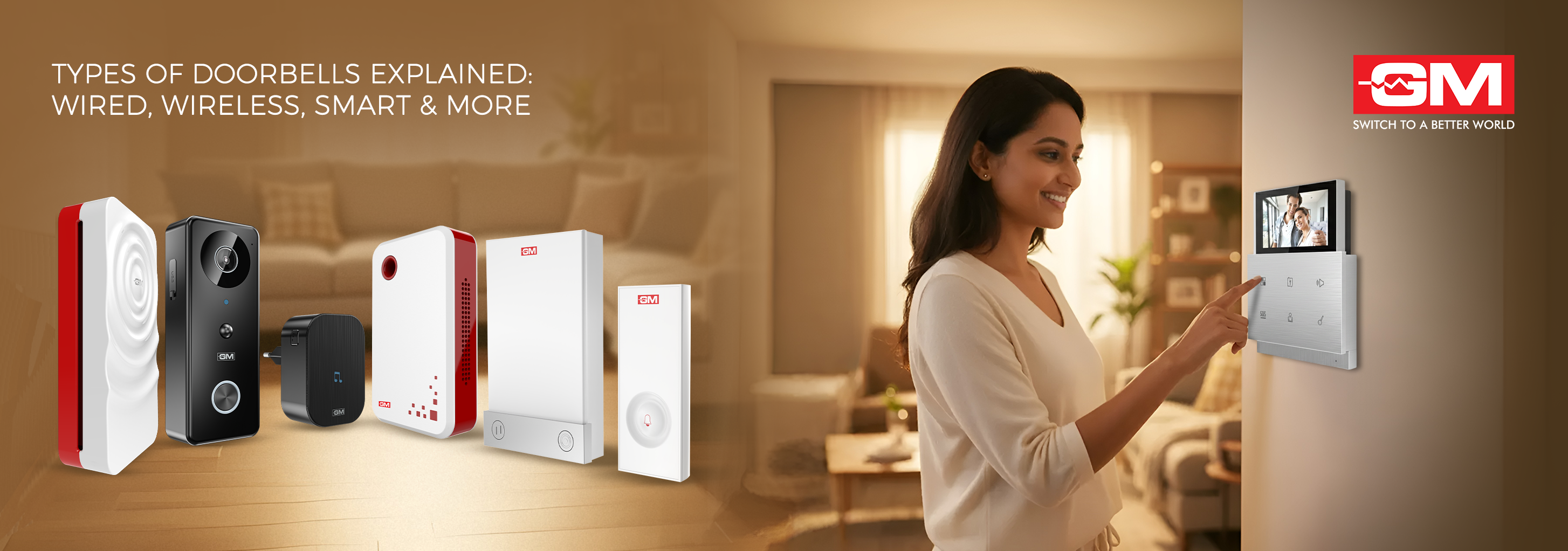Blog
Difference Between Wires and Cables: Everything You Need to Know
Updated on Jul 2025

Wires and cables are often used interchangeably in the world of electrical solutions. However, there is a clear and distinct difference between wire and cable. Homeowners often come across the dilemma of wires vs cables while setting up a new electrical appliance or glancing at the wiring behind the TV unit. Understanding the difference between wire and cable enables you to have the essential knowledge needed when planning your home’s electrical safety mechanism or simply rewiring your living space.
This article will walk you through the nuances of what sets wires and cables apart, the key difference between wire and cable, and why knowing the difference matters.
What are Wires?
A wire is a single strand conductor through which electricity flows. It is generally made of copper or aluminium. Known for being sturdy and less flexible, they are the most basic components in any electrical setup. Whether you want to power the lights in your home or connect a switchboard, wires are present in nearly every electrical setup in a residential or commercial space.
What is Cable?
A cable is a bundle of two or more insulated wires enclosed within a single jacket. These groups of wires have multiple layers of insulation and are organised neatly for convenience, safety, and efficiency. In wires vs cables, the cables are designed to handle complex requirements like transmitting power while keeping the consumers protected from potential mishaps.
Check out our blog on easy tips for selecting quality wires and cable options for your home.
What is the Difference between Wires and Cables
Let’s take a closer look at the key differences between wires and cables and their unique applications.
1. Structural Configuration
Wires have a single strand insulated conductor, generally made of plastic, covered directly over the conductor. They are easily identifiable because of their bare and twisted appearance.
Cables have an organised arrangement of multiple wires clubbed into a single unit. They are twisted together and bonded in a protective layering with additional insulated layers. Well protected cables have a central conductor, a layer of insulation, shielding, and outer insulation for maximum protection.
2. Material Composition
A wire is commonly made from aluminium or copper. It consists of thermoplastic as the insulating material.
Whereas a cable has a unique thermoplastic color-coded layer that varies according to the number of wires in the cable. The entire wire is then encased in a protective outer layer, often made of PVC or other polymers, providing additional protection against environmental factors.
3. Flexibility and Durability
Wires offer enhanced flexibility since they are available in single strands. They can be easily twisted and moulded to fit the desired electrical fittings. However, their enhanced flexibility also comes with a drawback. Wires are more prone to wear and tear, especially in tough environmental conditions.
Cables are usually rigid and offer lower flexibility compared to wires. Depending on their design, size, and type, a few cables offer easy bending and flexing that varies from application to application. Cables can withstand highly rugged environments where wires are not suitable.
4. Voltage
Wires are known for their low voltage power consumption and adequate transmission signal. Hence, you will find them commonly used in household wiring systems.
Cables can be used for high voltage power consumption and have intense signal transmitting capabilities. Cables are highly demanded in applications where there is a large data load capacity.
5. Use and Application
Wires are highly suitable for small scale internal applications to transmit electricity and are commonly used in home electrical wiring systems, electronic gadgets, and overhead transmission lines. A few common instances where wires are being used include power sockets, lighting equipment, and air conditioners.
Cables have a diverse range of applications and are used to transmit electricity for longer distances with high power requirements. You will find them commonly being used in construction, manufacturing, networking, and audiovisual signal transmission.
For example, the GM CAT 5e is a UTP LAN networking cable that safely connects PCs, routers, and switches within the local area network. It is made up of anti-corrosive gold plating designed for providing exceptional electrical transmission.
6. Cost Consideration
Wires are comparatively cheaper than cables. It is because of their simple design and absence of extra insulating materials. However, their cost may increase depending on the material composition, voltage, and applications.
Cables are slightly expensive, but they are more of a robust solution that provides higher returns in the long term. Their higher durability and lower breakdown lead to less maintenance costs over time, thus making them an ideal choice for long distance transmission.
Also, check out our guide on the different Types of Wires & Cables for Every Household Need.
Common Wire Applications
Wires have a wide range of applications, depending on their size and insulating materials. Common applications of wires are listed below.
Internal wiring in appliances
-
Light fixtures
-
Circuit boards
-
Residential switchboards
Common Cable Applications
Cables don’t just conduct electricity, they also bring efficiency to wiring systems in commercial or large residential spaces. Cables reduce clutter, enhance safety, and simplify the installation process. Common cable applications are:
-
Automation systems
-
Digital and traditional communication systems
-
Large scale power distribution systems
Want a clutter-free look? Read our blog on how to hide and organise electrical cables.
Why Knowing the Difference between Wires and Cables Matters
Understanding the key differences between wires and cables isn’t just for electricians. Homeowners and interior designers must make informed decisions about electrical layouts and upgrading home automation systems. Here are a few compelling reasons why knowing the difference matters.
1. Safety Precautions:
Choosing the wrong component could lead to overheating, short circuits, or fire hazards.
2. Better Performance:
Proper selection of wires and cables ensures that home devices run efficiently and that electrical loads are well-managed.
3. Longevity:
High-quality, well-matched wires and cables reduce the need for investing money and resources in frequent maintenance or replacements.
Wires and cables might appear similar, but the difference between them is more than just technical. It impacts the safety, design, and performance of the electrical infrastructure in a commercial space. Whether you're building a new space or upgrading your current setup, understanding these electrical essentials ensures you’re making informed decisions that serve your needs better and last longer. With GM Modular's certified and high-performance wires and cables, you don’t have to compromise on quality or safety. Choose the right foundation for your electrical system, because every smart home starts with smarter wiring.
Frequently Asked Questions
1. What material are cables made of?
A. Generally, the primary material of electrical cables is copper. Their insulated coating can vary depending on the requirements and quality of cables needed.
2. Where are cables used?
A. Cables are highly preferred in industries where strong electrical signals need to be transmitted over a long range. Industries such as telecommunications, manufacturing, construction, and networking demand vast use of cables.
3. How do I select the best wires and cables for my use?
A. Consider your purpose of application, flexibility required, weather conditions, and other deciding factors. Then, select a trusted electrical solutions provider that provides wires and cables that fulfill your requirements, along with achieving a balance between energy, efficiency, and safety.
4. How do you identify wires and cables?
A. Wires appear as single stranded conductors, and cables appear as a bundle of multiple wires clubbed together.
Related Blogs

Who Invented the Ceiling Fan? A Journey Through Time
Ceiling fans are a quiet yet transformative part of life at home, offering comfort, style, and energy savings all year round. But not many of us know about the invention of the ceiling fan and how this humble device revolutionised modern living. To a
Read More
What is the Difference Between a Ceiling Fan and a Table Fan?
Fans are easy to use and save energy, so most people use them to keep a room cool and comfortable. But before you buy one, you should know what makes a ceiling fan different from a table fan. They both move air, but they do it in very different ways
Read More
Types of Doorbells Explained: Wired, Wireless, Smart, and More
A doorbell is one of the most important parts of a home or office, but it's also one of the most common things that people forget about. It not only lets visitors know you're home, but it also makes your space more convenient, safe, and stylish. The
Read More
How to Use a Steam Iron Safely and Effectively?
No matter if you're going to work, a meeting, or a party, wearing a crisp, wrinkle-free outfit can boost your confidence right away. But you need to know how to use a steam iron correctly to get that perfect finish. A steam iron isn't just another ap
Read More